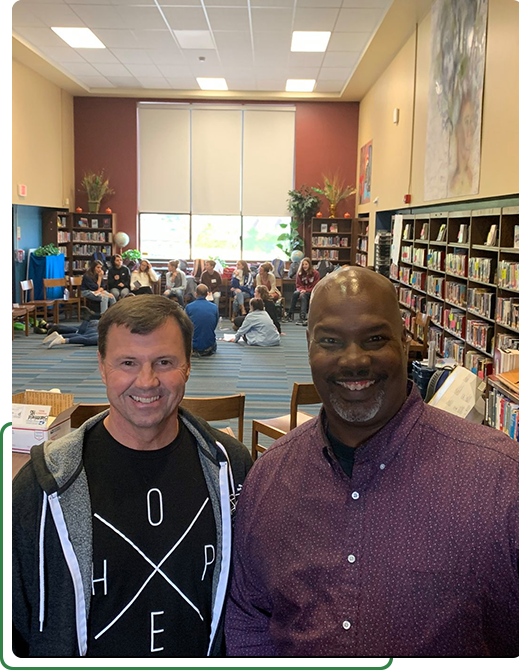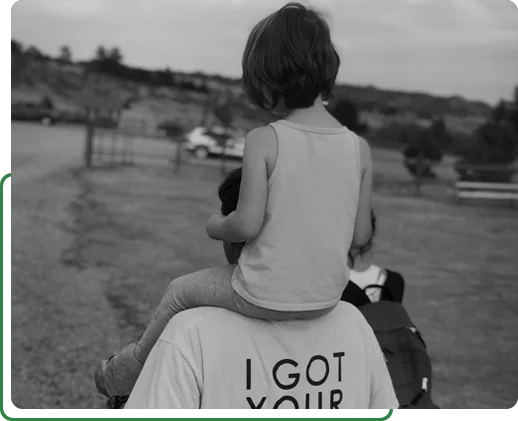

Adventure is a way of doing; it is not something that you do. Adventure exists when there is engagement, and engagement thrives when students encounter experiences that are unique and relevant. Adventure is about taking risks, not only physical risks, but also emotional risks where students can encounter new situations and experiences.
Experiential Learning, also known as Active Learning, is like an adventure. You cannot predict exactly what will happen. What you can be sure of is: Whatever learning does take place will be significant to those involved and they will own what they learn and will retain what they learn for a longer period of time than through any method of passive learning.
Experiential learning is about living and learning in the experience. Every group creates their own dynamics and thus learning experience. The process is very fluid and dynamic and provides opportunities for growth as an individual and a group. The outcomes are not predetermined, and the group creates its own unique learning environment. These co-created learning environments, in which everyone has input and a voice, prepare students for change by letting them explore, gain confidence and support in the decisions they make. All students, regardless of past successes or failures, are able to experience the positive and appropriate engagement of others. Simply, the students are immersed in a growth experience.



